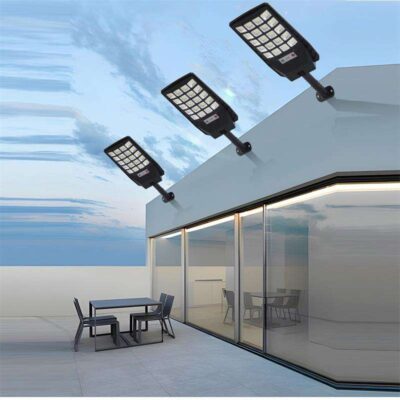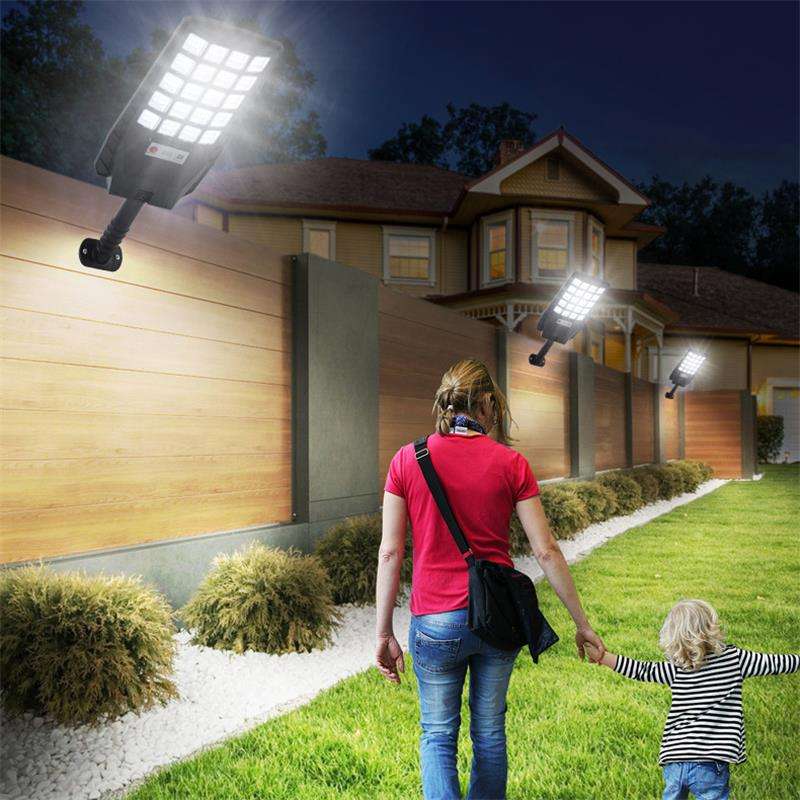💡 Introduction
When installing lighting in outdoor or industrial environments, IP ratings are one of the most critical specifications to consider. These two-letter codes determine how well an LED fixture resists dust, moisture, and other environmental hazards.
For high-demand applications, partnering with certified LED Light Wholesale suppliers ensures every product meets global protection and safety standards.
🔹 1. What Does “IP” Stand For?
“IP” stands for Ingress Protection. The IP rating is followed by two digits:
-
The first digit refers to protection against solid objects (like dust or debris).
-
The second digit refers to protection against water (like rain or immersion).
For example, IP65 means the fixture is completely dust-tight and protected against water jets.
🔹 2. Common IP Ratings in LED Lighting
| IP Rating | Protection Level | Typical Application |
|---|---|---|
| IP20 | No water protection | Indoor offices, dry ceilings |
| IP44 | Splash-resistant | Bathrooms, semi-outdoor spaces |
| IP65 | Dust-tight, water jets | Street lights, factories |
| IP66 | High-pressure water | Outdoor signs, marine use |
| IP67 | Temporary immersion | Gardens, tunnels, flood zones |
| IP68 | Continuous immersion | Pools, fountains |
High-quality Led Flood Lights Manufacturers often provide models in IP65–IP68 range for outdoor and industrial projects.
🔹 3. Why IP Rating Matters for LED Lights
LED fixtures rely on electronic drivers and delicate diodes that can easily fail when exposed to dust or moisture. Proper IP protection ensures:
-
Extended lifespan in harsh environments
-
Reduced maintenance and repair costs
-
Consistent performance in rain, humidity, or wind-blown dust
-
Safe operation without short circuits or corrosion
For example, street and flood lighting systems typically require IP65 or higher ratings.
🔹 4. How to Choose the Right IP Rating
-
Indoor use: IP20–IP44
-
Outdoor use: IP65+
-
Industrial zones: IP66–IP67
-
Underwater applications: IP68
If your lighting setup involves both indoor and semi-outdoor zones, using mixed IP-rated fixtures maintains cost efficiency without overengineering.
🔹 5. Beyond IP: Other Protection Standards
While IP focuses on solid and liquid ingress, other standards like IK rating (impact resistance) and NEMA enclosure types also affect durability. Combining these parameters ensures your fixtures perform well in every environment.
✅ Conclusion
IP ratings play a vital role in ensuring LED reliability and safety. Whether you need ceiling fixtures, floodlights, or street lamps, always verify their IP level and choose certified manufacturers who follow global testing standards.
For long-lasting and high-performing solutions, collaborate with professional LED lighting suppliers who can provide full technical documentation and customized IP-certified options.
























